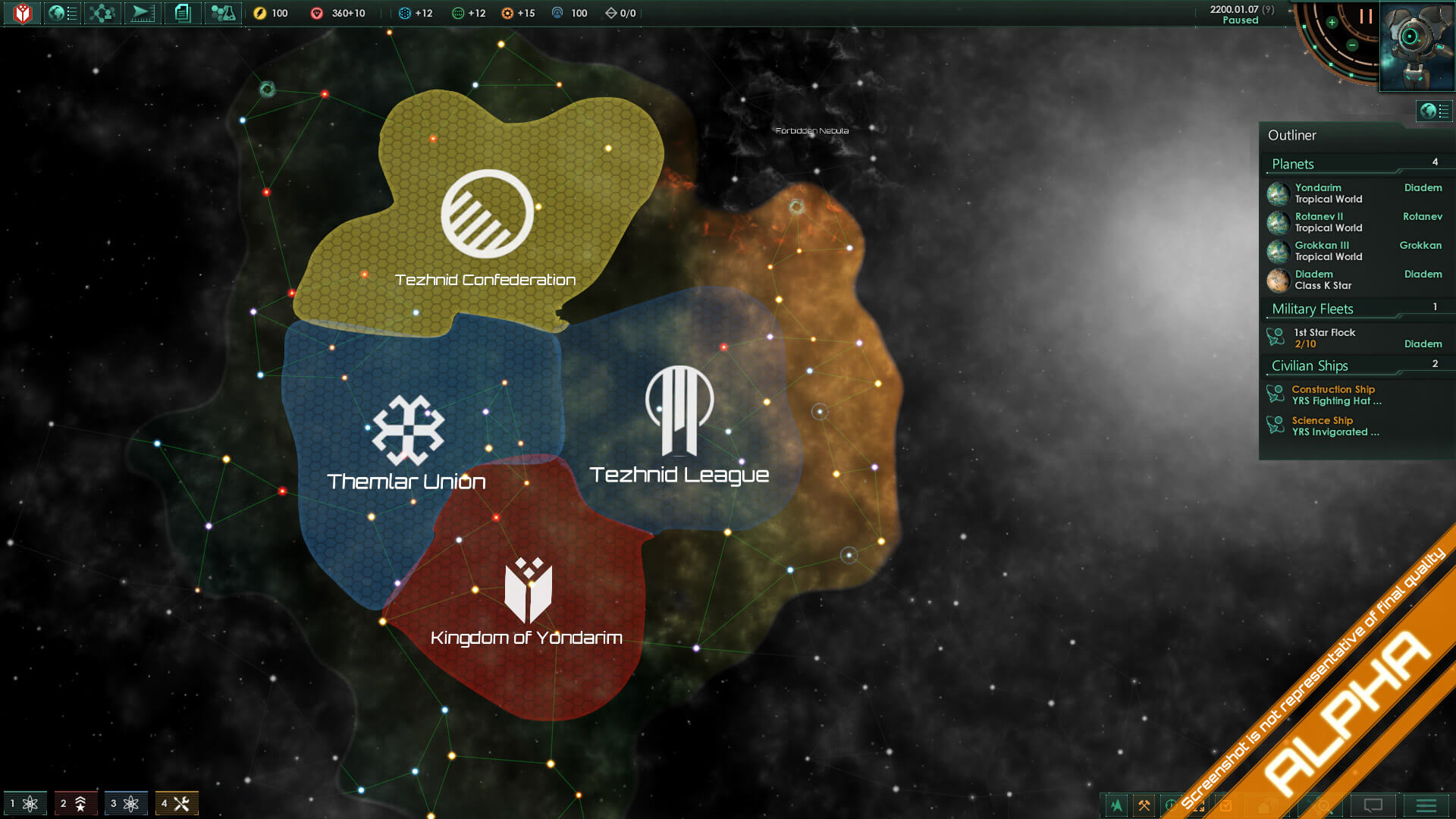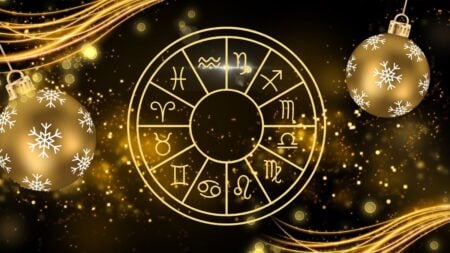Rule Or Be Ruled
What are rulers and leaders? Well, it’s what you need in any good strategy game to make sure that populations have easily understood hierarchies. Duh!
In this sixth diary, Stellaris game director, Doomdark, fills us in on the rulers and leaders mechanic and why this isn’t Crusader Kings II in space.
Characters add an important step in making transparent game systems about a civilization. These are the select few who have ascended the ranks and will lead their people to great heights or some catastrophic demise. But they’re not the guiding light of your country — something much more interesting and the complex is at the heart of your world. ” In Stellaris,” explains Doomdark “the real stars of the show are the Pops, with characters acting more like the advisors, generals and admirals in Europa Universalis (though they do have certain personality traits that can affect what options they get in scripted events, for example.)” Some events will play out differently depending on the character you have chosen and the past culminations of your decisions. “Pops” are a truly exciting avenue to represent political systems with more nuance (something Victoria II, another Paradox darling, has done very well).
These different types of characters come in a few easily recognizable roles.
Governors
- These characters are able to reside over the entirety of a planet, something humans could barely conceive of happening today. Also, Govs can lead an entire sector of space; this will likely grant bonuses and other unique attributes to the areas of their governance.
Scientists
- Arguably the most important characters in Stellaris, Scientists come in three garden varieties of research: engineering, society, and physics. Scientists will also be integral in your exploration of the stars as they can captain sci-ships. More details will be revealed in upcoming diaries.
Admirals
- These characters aren’t mandatory but will grant bonuses to your fleets when in combat and maneuvering.
Generals
- Just like admirals but within the realm of attack and defense of armies.
A final character to mention is the “Ruler”.
Rulers give bonuses to entire empires, and, since other leader types can be elected ruler, they typically have a secondary skillset as well. Ruler type characters can also lead Factions; such characters are not recruited by you and cannot be ordered around.
These rulers have various traits and bonuses that will greatly change the way your people exist in the universe. No game will ever play the same — how exciting!
One of the most plainly difficult aspects of this process is the artistic side of representing such a large cast of characters. Like we talked about last week, Stellaris will feature over 100 unique races for your aesthetic pleasure. Here’s Doomdark again, always ready with an answer
The different types of leaders all use different sets of clothes. This helps increases variety, but also reinforces their role, with admirals having a militaristic uniform, governors being more casually dressed, and scientist being a bit more techy. Clothes are shared between some of the more similar species, because creating five unique apparels for each species is just an enormous amount of work. (Not all species wear clothes though; it would be odd if this was every alien race’s custom.)
Phew. That saved some work
Lastly, Humans.
So, since humans will most likely be the most played character initially, Stellaris’s dev team has paid extra attention to our digital representations. We always need to feel special, don’t we? More information to accompany a future, no date was known dev diary.
What do you think about this world of leaders and rulers? Let us know in the comments below.







